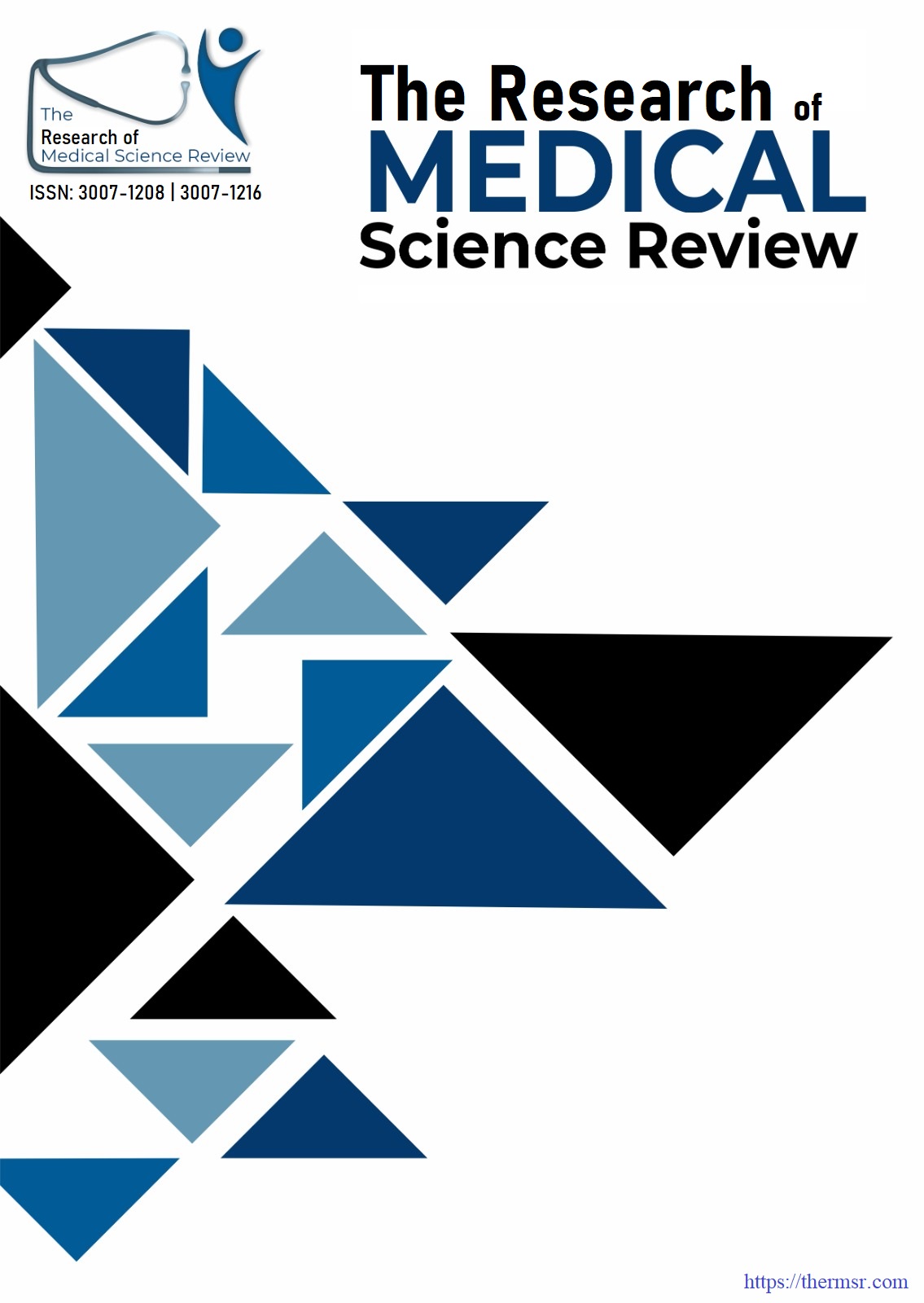INCREASE IN AMNIOTIC FLUID INDEX (AFI) AND EFBW OF PATIENTS OF OLIGOHYDRAMNIOS TREATED WITH PANAMIN G
Keywords:
Amniotic Fluid Index, Oligohydramnios, IV Hydration, Panamin GAbstract
Background: Oligohydramnios, characterized by low amniotic fluid, poses risks to maternal and fetal health. Conventional IV hydration has limited effectiveness in improving outcomes. Emerging treatments like IV Panamin G show promise in increasing Amniotic Fluid Index (AFI) and Estimated Fetal Body Weight (EFBW). This study was conducted in a local population to evaluate Panamin G's impact amidst existing literature controversy. Objective: To compare amniotic fluid index (AFI) and EFBW in patients with oligohydramnios treated with IV amino acid infusion (Panamin G) versus IV hydration. Duration: 16-11-2024 to 15-03-2025. Methodology: After the approval of the Ethical Committee at Ghurki Trust Teaching Hospital, pregnant women with oligohydramnios were enrolled in the study after informed consent. A detailed history and physical examination were conducted. A total of 140 patients were divided into two groups, with Group A receiving IV amino acid infusion and Group B receiving IV hydration. Study variables were recorded after two weeks. Data analysis was performed using SPSS version 26.0. Results: The study included 140 patients with a mean age of 28.05 ± 3.93 years and a mean gestational age of 30.21 ± 2.56 weeks. Group A had a mean AFI of 3.83 ± 0.53 cm at admission, while Group B had 3.80 ± 0.51 cm. After two weeks, Group A’s AFI improved to 6.94 ± 0.62 cm, while Group B’s increased to 5.92 ± 0.60 cm. Group A showed a higher increase in both AFI and EFBW (341.09 ± 81.44 g) compared to Group B (265.69 ± 55.84 g). Fetal distress was observed in 12.9% of Group A and 20% of Group B. Conclusion: Both groups showed significant within-group improvements in Amniotic Fluid Index (AFI) and Estimated Fetal Body Weight (EFBW) after two weeks. However, Group A demonstrated significantly greater improvements compared to Group B. Fetal distress rates were similar. Subgroup analysis further confirmed the superior efficacy of Group A in treating oligohydramnios.
Downloads
Downloads
Published
Issue
Section
License

This work is licensed under a Creative Commons Attribution-NonCommercial-NoDerivatives 4.0 International License.















